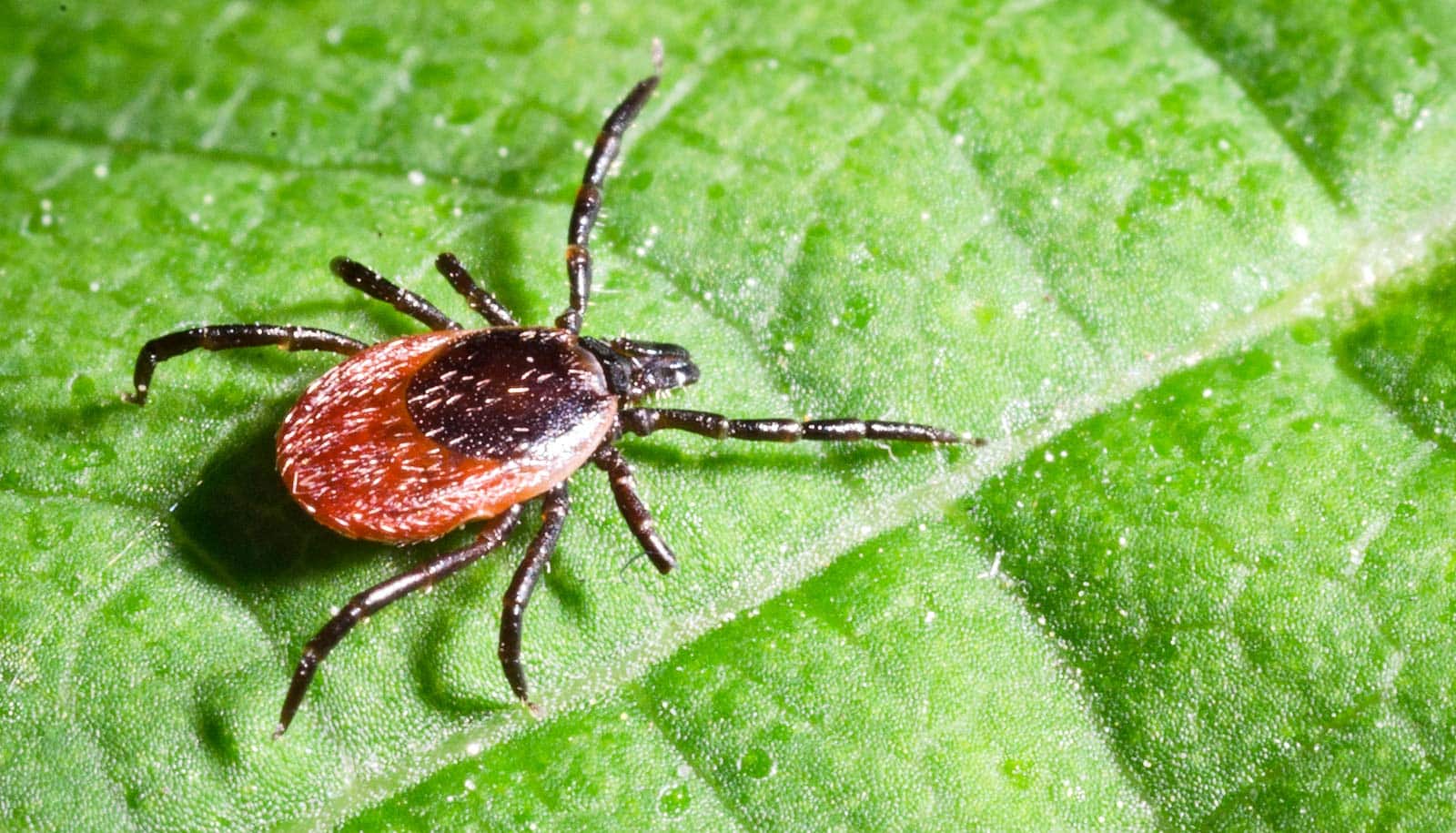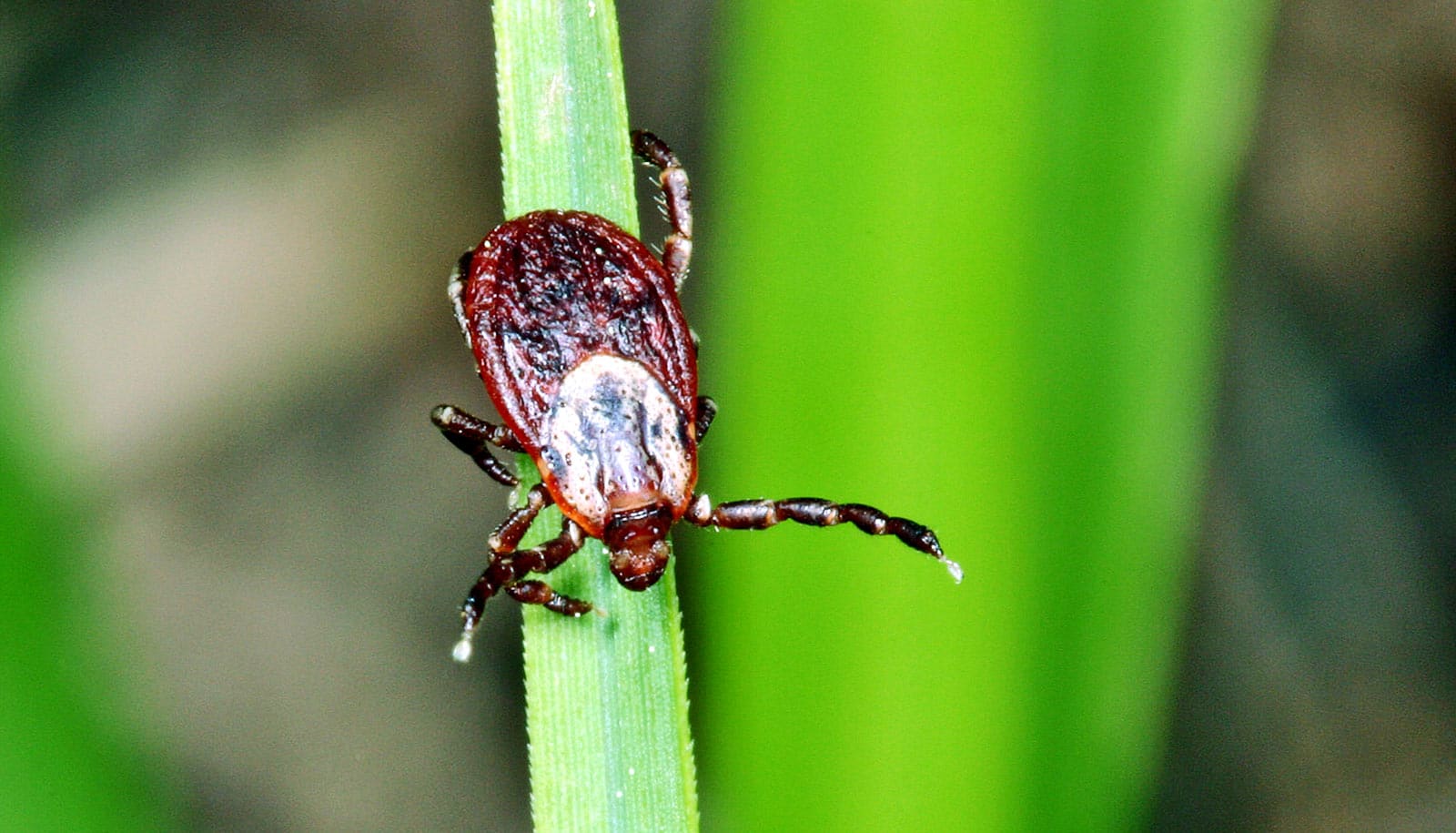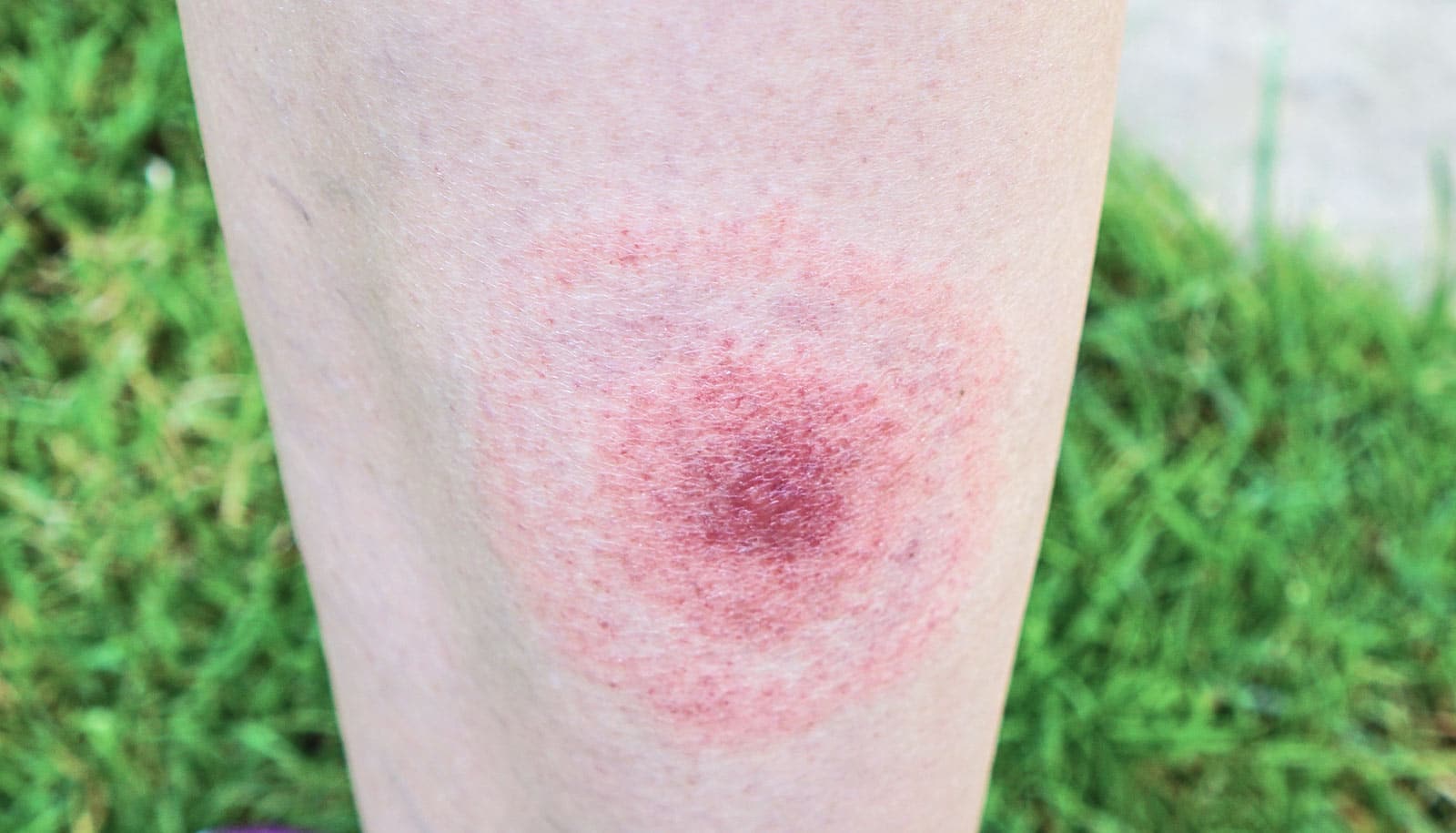A combination of antibiotics is more effective in treating Lyme disease than the commonly prescribed course of one single antibiotic, a new study finds.
The finding could pave the way for improved Lyme disease treatments, particularly in persistent cases that have not responded to standard antibiotic treatment.
Lyme disease, caused by the bacterium Borrelia burgdorferi and transmitted through tick bites, is a growing health concern with over 476,000 estimated cases annually in North America alone. While most cases resolve with a short course of oral antibiotics, a notable percentage of patients develop chronic symptoms known as post-treatment Lyme disease due to delayed or insufficient treatment.
The study involved a series of experiments using various antibiotics both alone and in combination in a mouse model of Lyme disease. The research team used multiple detection methods to assess the efficacy of treatments.
While none of the single antibiotics completely eradicated the persistent infection after a 28-day treatment course, several combination therapies of already FDA-approved drugs, successfully cleared the infection.
Specifically, four different dual combinations of antibiotics (doxycycline and ceftriaxone; dapsone and rifampicin; dapsone and clofazimine; doxycycline and cefotaxime) and three triple combinations of antibiotics and antimicrobials (doxycycline, ceftriaxone, and carbomycin; doxycycline, cefotaxime, and loratadine; dapsone, rifampicin, and clofazimine) eradicated persistent infections of the bacteria.
These results suggest a need for further studies of combination antibiotic therapies in successfully eradicating Lyme disease.
“Lyme disease is a complicated disease due to the evasive nature of Borrelia burgdorferi, which hides in organs soon after infection,” says Monica Embers, associate professor of microbiology and immunology at Tulane University and lead author of the study in Frontiers in Microbiology. “This finding could be a game-changer in how we approach this complex and often debilitating disease.”
This study represents a significant step in persistent Lyme disease treatment and could lead to more effective strategies in combating this disease.
The Bay Area Lyme Foundation and the National Institutes of Health funded the work.
Source: Tulane University



